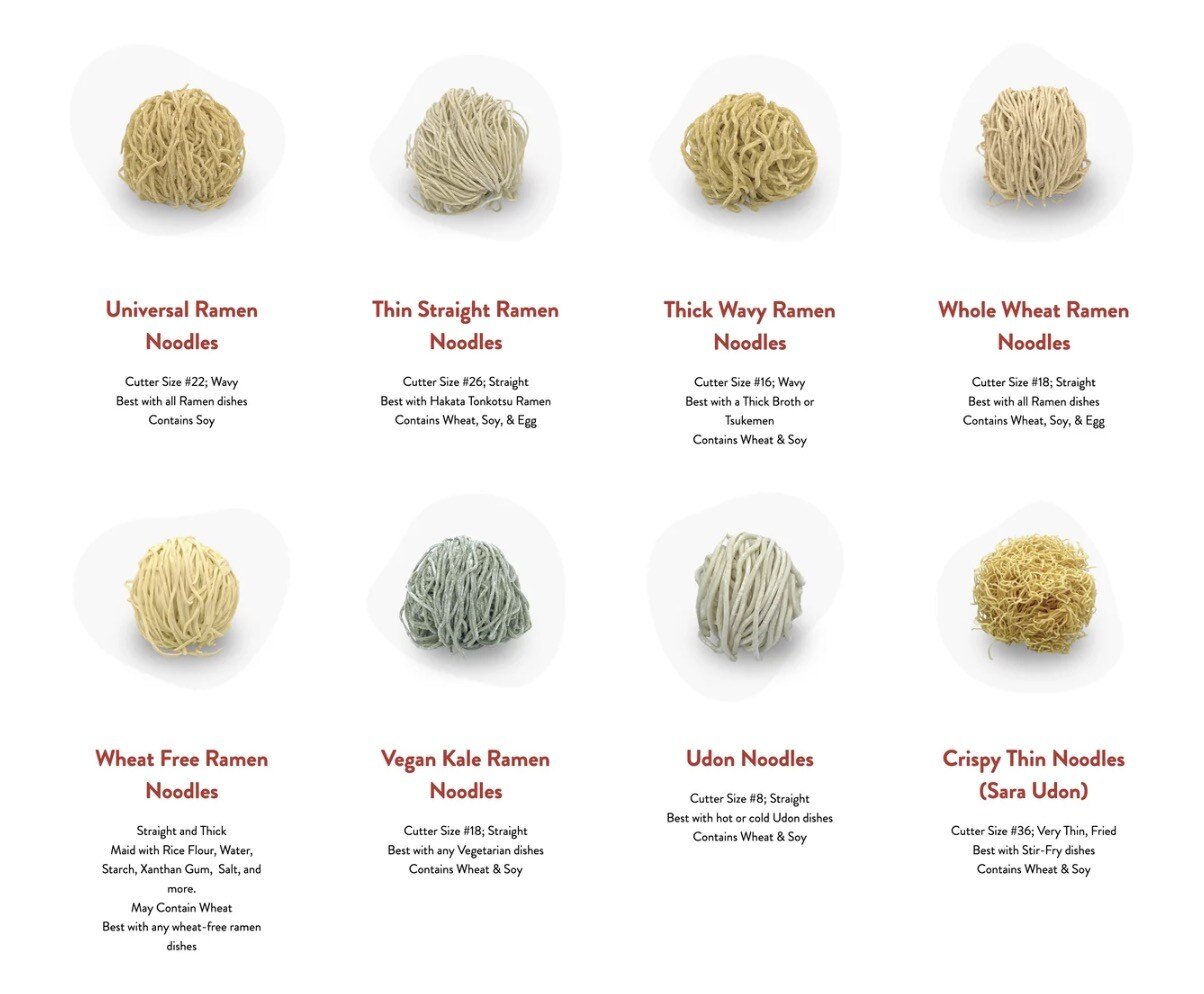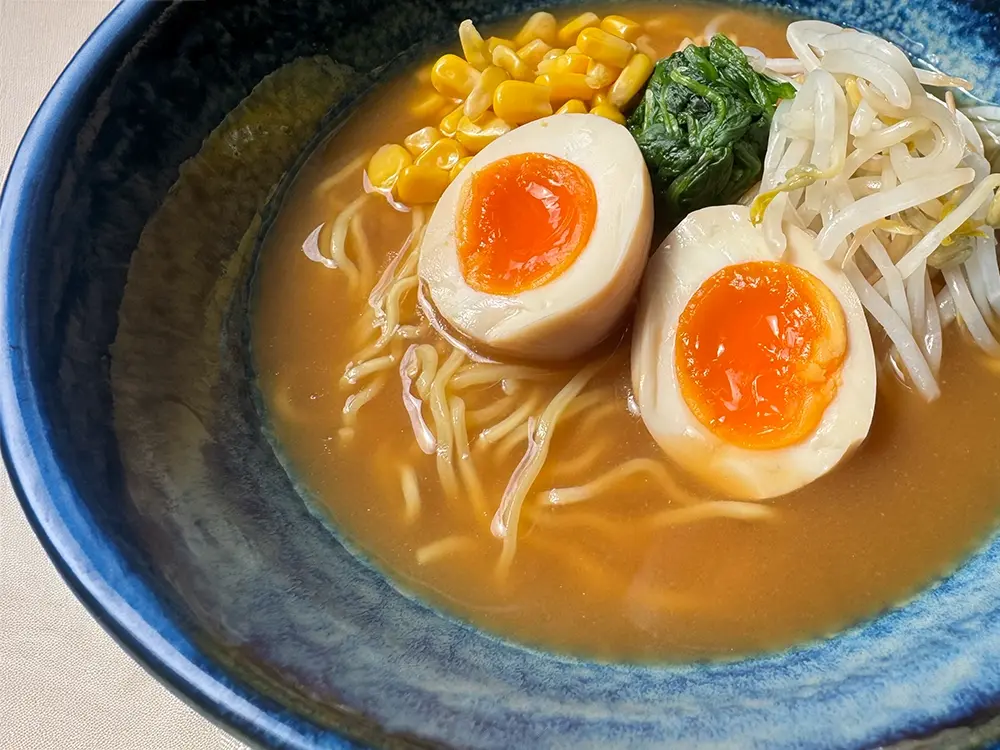INTRODUCTION TO
RAMEN NOODLE TYPES
Ramen Insight
When it comes to ramen, the noodles are just as crucial as the broth in creating the perfect bowl. They are incredibly diverse, varying not only in thickness and shape but also in ingredients and hydration levels. These factors significantly impact the texture, flavor, and overall experience of each bite. Whether you're slurping thin, delicate strands or savoring thick, chewy noodles, understanding the different types of ramen noodles can deepen your appreciation for this beloved dish.
In this guide, we'll explore the fascinating world of ramen noodles, breaking down their variations by ingredients, thickness, and hydration ratio. Whether you're a ramen enthusiast or a curious cook, this exploration will help you navigate the noodle aisle with newfound knowledge and confidence.
Exploring the Diversity of Ramen Noodles
Ramen is a dish defined not just by its flavorful broths and toppings but by the noodles that form its very foundation. The type of noodles used in a bowl of ramen can significantly impact the texture, taste, and overall experience. From thin, straight noodles that absorb the delicate flavors of a clear broth to thick, wavy noodles that cling to rich, hearty soups, each variety brings something unique to the table.
The image below highlights some of the most popular types of Yamachan's wholesale* ramen noodles, showcasing the diversity in shape, thickness, and ingredients. Whether you prefer a traditional wheat-based noodle or are looking for something different, like a wheat-free or vegetable-infused option, there's a noodle type to match every palate and dish.
Understanding the different types of ramen noodles can deepen your appreciation for this beloved dish and help you choose the perfect noodle for your next ramen creation. Dive into the world of ramen noodles and discover the subtle nuances that make each type special.
Key Elements of Ramen Noodles
Flour
The type and quality of flour affect the texture and chewiness of the noodles.
Hydration Ratio
The type and quality of flour affect the texture and chewiness of the noodles.
Noodle Cut
Thickness and width play a crucial role in how noodles interact with the broth.
Noodle Shape
From straight to wavy, the shape influences the overall mouthfeel and soup absorption.
*Exclusively available to food service providers. Not offered for retail sale.





